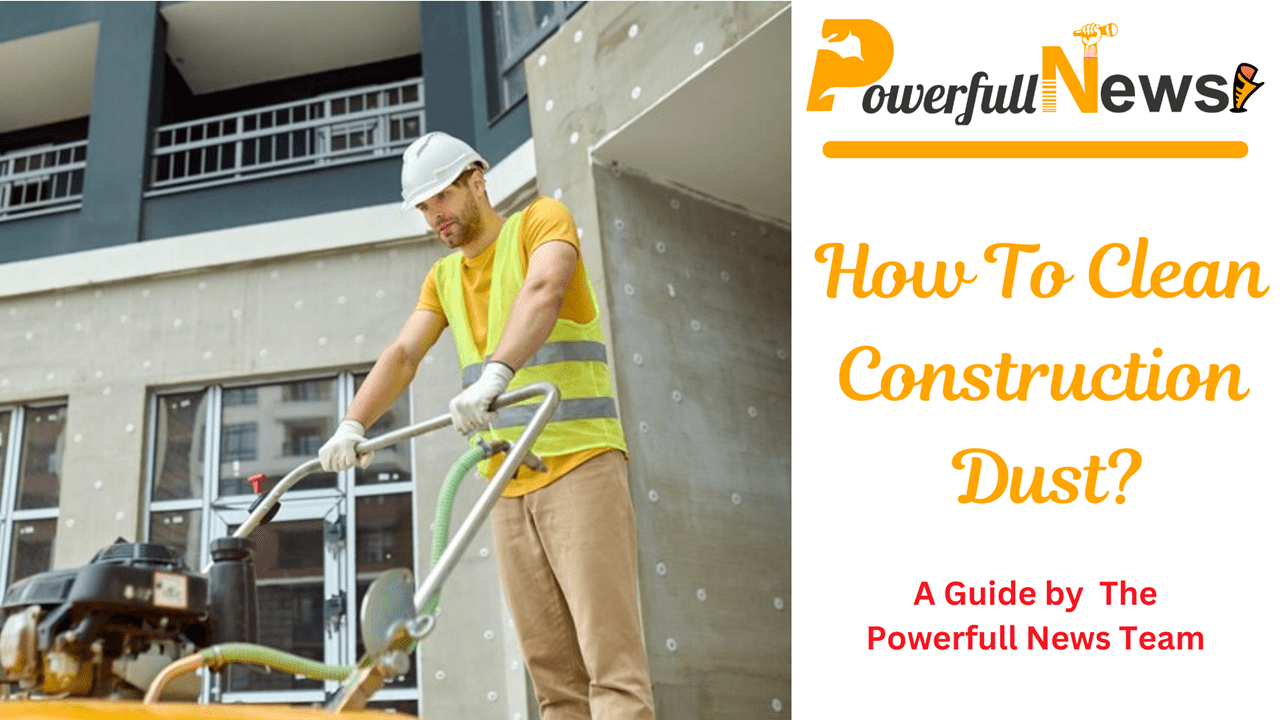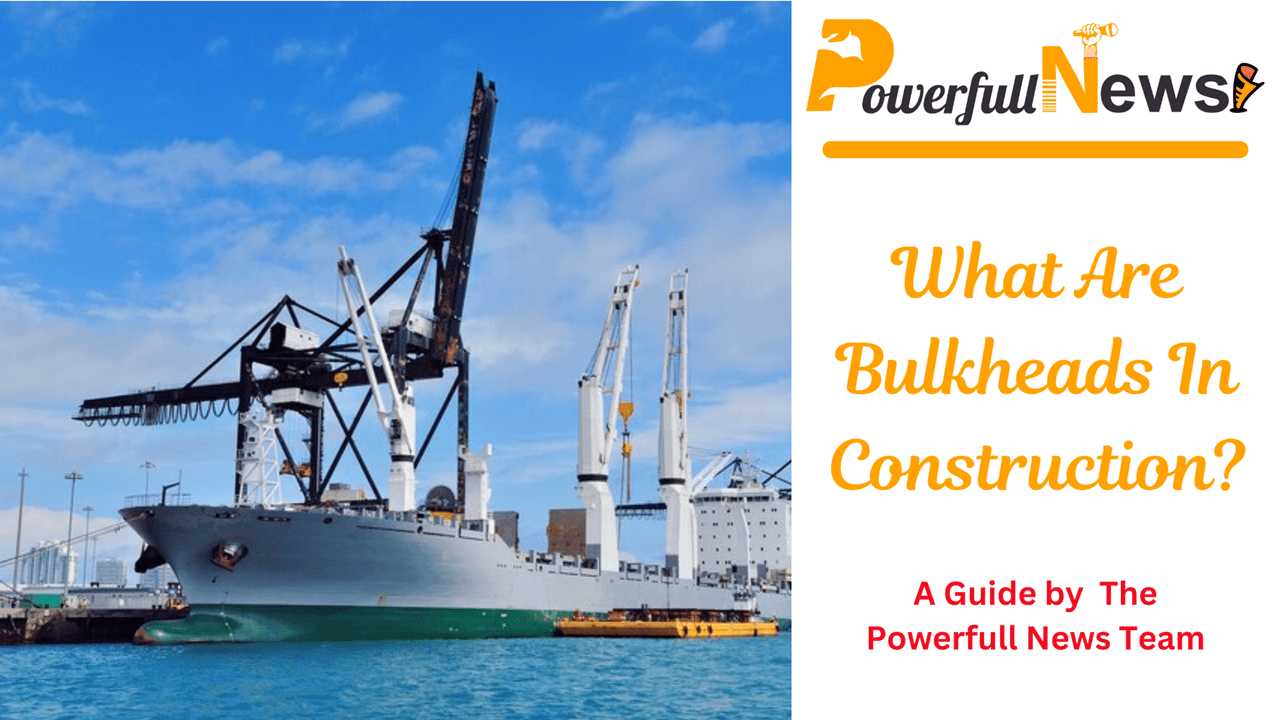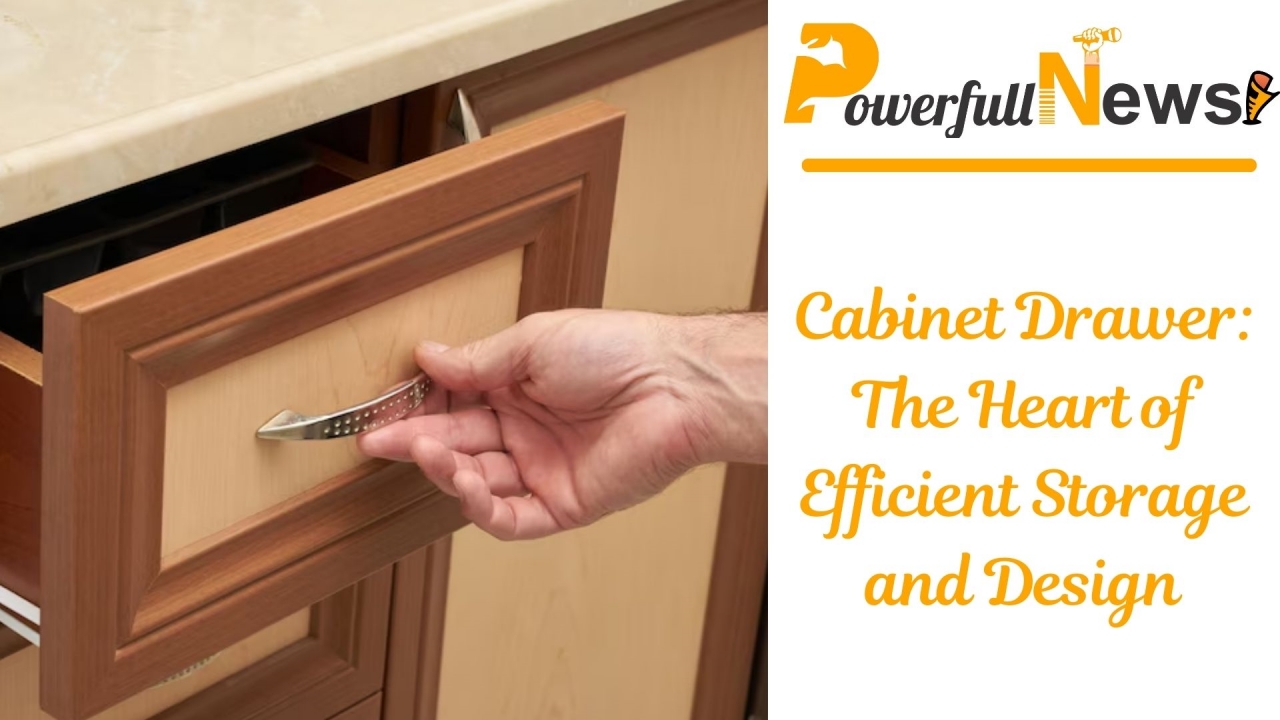Construction dust can be a persistent and unwelcome reminder of recent home renovations or building projects. Not only is it unsightly, but it can also pose health risks if not properly managed. The key to successful dust removal is using the right tools and techniques, including high-efficiency vacuums, microfiber cloths, and effective cleaning solutions.
We will walk you through each step, from initial dust control strategies to thorough cleaning and long-term prevention tips so that you can enjoy a dust-free space without the hassle. Whether you’re dealing with light dust or a significant build-up, our guide will equip you with practical advice to achieve a spotless result quickly and efficiently.
Let’s dive in and explore the secrets to conquering construction dust once and for all.
Key Takeaways
- Discover essential supplies for effective construction dust removal
- Learn practical dusting techniques for different materials
- Uncover the best methods for tackling stubborn sawdust and wood debris
- Understand the importance of thorough post-demolition cleanup
- Implement preventive measures to maintain a dust-free environment
Preparing for Dust Removal
Before you start cleaning construction site dust, make sure you’re ready. The secret to effective construction site dust removal is having the right tools and protecting yourself from dust.
Gathering Essential Supplies
First, get the right tools for the job. A high-quality HEPA vacuum cleaner is a must. It captures tiny dust particles. Microfiber cloths, dusting wands, and other cleaning tools should also be ready to reach all areas.
Protecting Yourself from Dust Exposure
Construction dust can be harmful, so safety comes first. Wear goggles and an N95 mask to protect your eyes and lungs. Use disposable gloves and a protective coverall to keep your skin and clothes clean.
With the right tools and safety gear, you’re set for a successful dust clean-up. Stay safe, keep clean, and make your construction site dust-free.
Remember, proper preparation is the key to successful construction dust removal.
Removing Dust from Surfaces
It’s important to remove dust from surfaces after construction or renovation projects. This keeps the area clean and healthy. You’ll need to know how to remove drywall dust, sawdust, and other debris.
Dusting Techniques for Different Materials
Not all dust is the same, so you can’t clean it all the same way. For drywall dust, use a microfiber cloth and a gentle wiping motion. This captures the dust without spreading it around. When dealing with sawdust, you might need a more powerful vacuum to eliminate it.
A damp cloth works well for smooth surfaces like wood or metal. It traps dust and keeps it from flying back up. Textured surfaces might need a soft-bristle brush to loosen the dust before cleaning.
To effectively remove dust, be methodical and use the right tools. By doing so, you can make your space clean and healthy, free from construction debris.
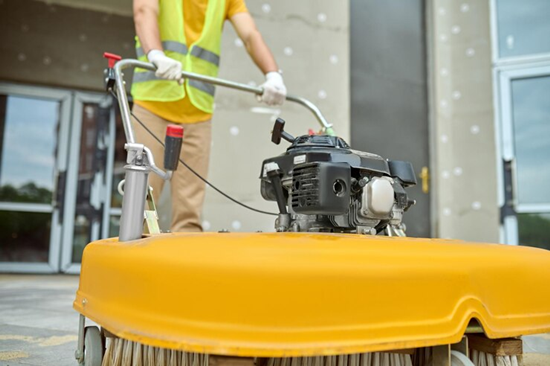
Cleaning Up After Drywall Work
Drywall projects create a lot of fine dust, making cleanup hard. But, with the right tools and methods, you can remove drywall dust well. This guide will show you how to remove drywall dust and make your workspace dust-free.
Thorough vacuuming is key to removing drywall dust. Use a HEPA vacuum to catch the fine particles and stop them from spreading. For a complete clean, make sure to vacuum all surfaces, including corners and hard-to-reach spots.
After vacuuming, wipe down surfaces with a damp cloth or microfiber mop. This traps more dust and keeps it from flying back up. Change the cloth or mop often to avoid moving dust around.
For post-construction dust cleanup tips, think about getting a HEPA air purifier. It captures air particles, ensuring a complete clean and stopping dust from settling back. Also, sealing any wall cracks can help prevent dust from coming back.
By using these best practices for construction dust removal and thorough dust cleaning techniques for construction sites, you can get a clean workspace. This makes your drywall project a success.
Tackling Sawdust and Wood Debris
After woodworking or carpentry projects, cleaning up sawdust and wood debris can be tough. But, with the right methods, you can eliminate construction debris and keep your space dust-free.
Effective Vacuuming Methods
Using a high-powered vacuum cleaner with HEPA filtration is a great way to clean sawdust and wood debris. Pay special attention to corners, crevices, and hard-to-reach spots. Regular vacuuming helps keep your construction site or renovated space clean.
Dealing with Stubborn Sawdust
Some sawdust can be hard to clean with standard vacuuming. For these tough particles, try using a specialized brush attachment or a micro-attachment. Lightly misting the area with water before vacuuming can also help. These techniques ensure a complete and efficient cleanup after your projects.
Construction debris can be removed by effective vacuuming and tackling stubborn sawdust. This keeps your environment clean and healthy during and after renovations or building projects.
How to Clean Construction Dust?
Cleaning construction dust can seem tough, but with the right steps, you can do it well. Whether it’s a small home project or a big construction job, the main thing is to know how to remove construction dust properly.
First, collect the right tools, such as HEPA vacuums, microfiber cloths, and safety gear like masks and goggles. These items are key to removing dust and protecting you from harmful particles.
Different surfaces require different cleaning methods. Use soft strokes for delicate areas and rougher scrubbing for stubborn spots. It’s also important to empty your vacuum often and safely throw away the dust.
Keeping construction sites clean is vital for everyone’s health and safety. These methods can remove dust and ensure your space is clean and dust-free.
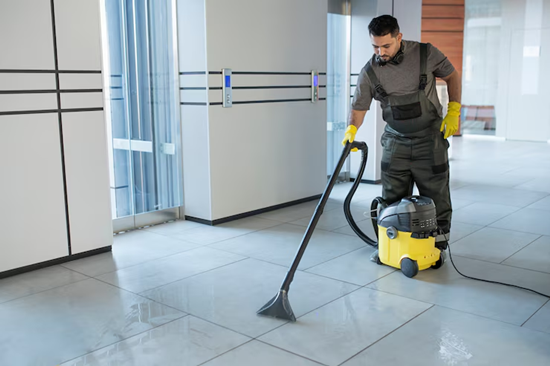
Post-Demolition Dust Cleanup
After a demolition project ends, you might see a lot of debris and dust everywhere. But don’t worry; you can clean up and make your space look great again. Just focus on thorough dust cleaning techniques for construction and ways to eliminate construction debris.
Removing Debris and Dust
Start by picking up big pieces of debris. This makes it easier to deal with the fine dust left behind. Use a vacuum with HEPA filtration to catch tiny particles and stop them from moving around.
Clean every corner carefully, making sure no dust is left behind. This ensures your space is completely clean.
Ensuring Thorough Cleaning
After getting rid of the big debris, focus on dust cleanup. Clean walls, floors, and surfaces with a damp cloth to remove dust. Don’t forget to check places like window sills, door frames, and ceiling corners.
By cleaning well after demolition, you can make your space safe and ready for the next steps. Remember, paying attention to details is important for effectively getting rid of debris.
Maintaining a Dust-Free Environment
Keeping your workspace clean and dust-free is key for looks and health, especially after remodeling. It also helps keep the air clean during future projects. Using the best dust removal methods can get rid of debris and keep construction sites clean.
Preventive Measures for Future Projects
To keep dust away, tackle it at the start. Use top-notch dust containment systems like negative air machines and HEPA-filtered vacuums. Also, pick materials that make less dust and make sure your team follows strict dust control rules.
Regular cleaning is also vital. Set a cleaning schedule and focus on dusty spots that are hard to reach. This way, you can keep your space clean and healthy after the project ends.
“Maintaining a dust-free environment is not just a matter of aesthetics – it’s essential for the health and safety of everyone involved in the project.”
Best Practices for Construction Dust Removal
Dealing with construction dust is key to keeping your workspace clean and healthy. To get rid of dust well, follow the best ways to remove construction dust. These methods will help you clear out debris and clean your construction site thoroughly.
One top way to manage construction dust is by using proper containment. Put up temporary barriers and seal off areas to stop dust from spreading. This makes cleaning easier and keeps dust off nearby surfaces.
Effective vacuuming methods are vital for dust removal. High-powered vacuums with HEPA filters can catch and hold construction dust, stopping it from getting in the air and harming air quality.
Use special cleaning tools and methods for tough debris. Damp wiping, HEPA-filtered shop vacs, and microfiber cloths are great for removing stubborn dust and debris, leaving your workspace clean.
“Proper dust containment and thorough cleaning are the keys to maintaining a clean and healthy construction site.”
By using these best practices for construction dust removal, you can keep your project site safe from harmful dust, making it a better place to work for everyone involved.
Professional Cleaning Services
Sometimes, construction dust and debris require professional cleaning services. This section discusses when it’s smart to hire experts and the perks and things to consider when using their special services for a deep and effective clean.
When to Consider Hiring Professionals
If the construction site is big and full of drywall dust, sawdust, or debris, consider hiring professional cleaners. They have the right tools, skills, and know-how to efficiently clean up after remodeling, keeping your workspace clean and safe.
Experts are also a good idea for tough spots or when you need deep cleaning. Hiring pros is a smart move if you’re short on time or can’t do the cleaning yourself. They handle everything from removing debris to cleaning surfaces.
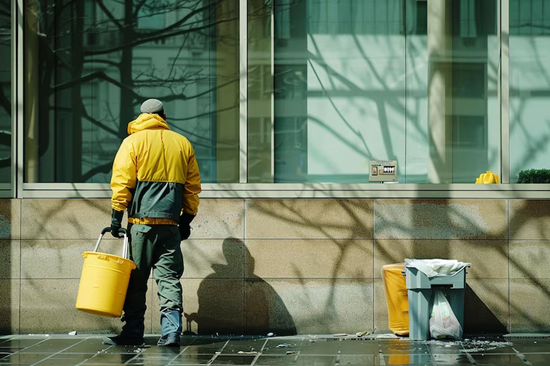
Frequently Asked Questions (FAQs)
What are the essential supplies I need to clean construction dust?
To clean construction dust, you’ll need some key items. These include a HEPA vacuum, microfiber cloths, and a damp mop. Don’t forget a broom, dustpan, and protective gear like a mask, goggles, and gloves.
How can I protect myself from dust exposure during the cleanup process?
Protect yourself by wearing a N95 or P100 mask, safety goggles, and coveralls. Work in a place with good airflow. Take breaks to avoid breathing in dust for too long.
What are the best techniques for removing dust from different surfaces?
Use a HEPA vacuum or a damp mop to catch and hold the dust for floors. When cleaning walls, furniture, and equipment, use microfiber cloths and a soft touch. For delicate items, try a soft brush on your vacuum.
How can I effectively clean up drywall dust after construction work?
Drywall dust is tough to remove. Start by vacuuming well with a HEPA vacuum, focusing on corners and tight spots. Then, wipe surfaces with a damp cloth to remove any dust left behind.
What’s the best way to deal with stubborn sawdust and wood debris?
For tough sawdust, a wet/dry HEPA vacuum works best. You can also use a damp broom or mop to clean up. Avoid using a regular vacuum to avoid spreading the dust around.
How can I ensure a thorough post-demolition dust cleanup?
Start by removing big debris, then use a HEPA vacuum for fine dust. Clean surfaces with damp microfiber cloths, especially in hard-to-reach places. If the dust is too much, consider getting professional cleaners.
What preventive measures can I take to maintain a dust-free environment after construction?
To keep the area dust-free, clean regularly and use top-notch air filters. Seal off work areas during projects. Teach people the importance of dust control and ask them to report any dust issues.
What are the best practices for effective construction dust removal?
To remove construction dust, use HEPA vacuums and damp cloths. Always wear the right protective gear and clean every surface well. Keeping the work area clean and using preventive steps helps a lot to keep dust away.
When should I consider hiring professional cleaning services for construction dust removal?
Consider hiring pros if the project is big, the dust is too much, or you don’t have the right tools or skills. Experts have the right equipment and knowledge for a complete and efficient cleanup, especially for big or complex jobs.
Conclusion
Cleaning construction dust doesn’t have to be a daunting task. By following the steps outlined in this guide, you can efficiently tackle dust and ensure your home is clean and safe. From using the right tools and techniques to implementing preventive measures, effective dust removal can significantly enhance your living environment.
Remember, the key is consistency. Regular cleaning and proper ventilation will help manage and reduce dust build-up long after your project is completed. With these strategies, you can enjoy a fresh, dust-free space and the satisfaction of a well-done job.
